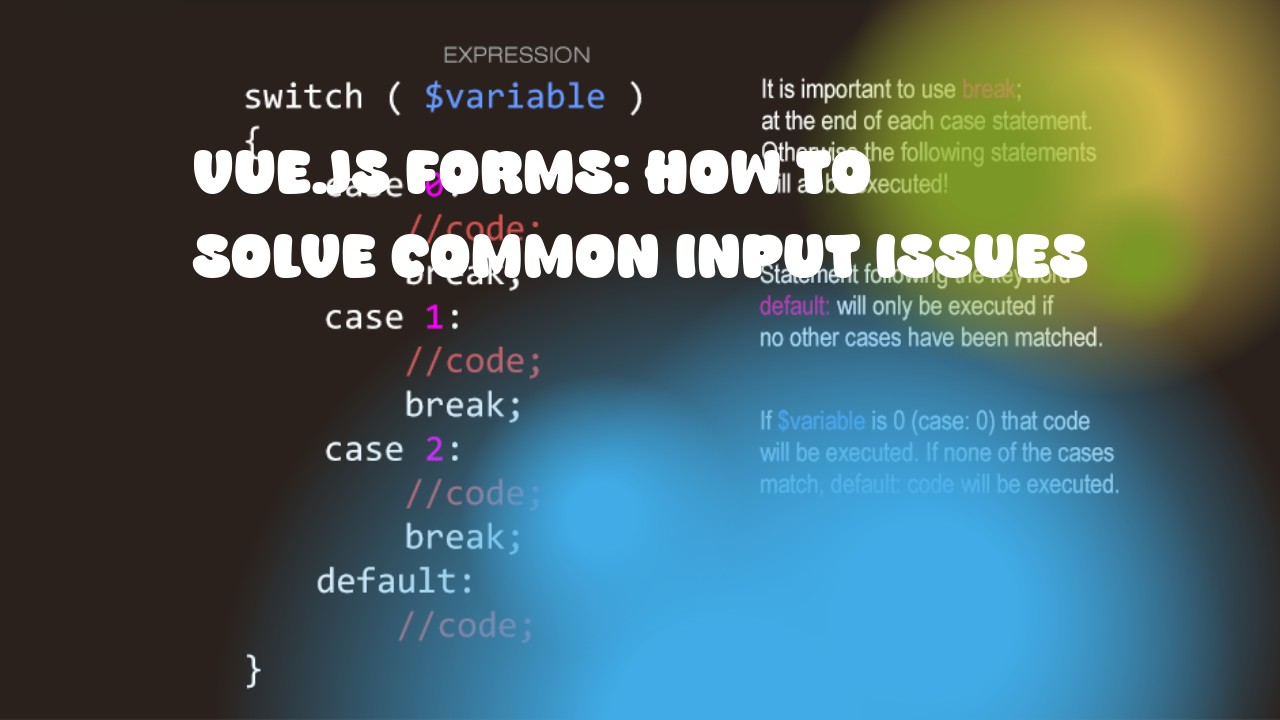Solving common input issues can be crucial for the success of your Vue.js application's form handling. Here are some best practices to consider when dealing with various input types in Vue.js forms:
-
Use Props and Events: Props can pass data from the parent component to child components, while events allow you to send information from a child component back up to its parent. This is particularly useful when handling form submissions and validating input values.
-
Validate Input: You can use Vue's v-model directive for one-way data binding, which automatically creates two-way data bindings on form input, textarea, and select elements. However, it doesn’t provide validation or sanitization mechanisms by default. If you need to perform complex validations or sanitization checks, consider using external libraries such as Vuelidate orvee for form validation in Vue.js.
-
Use Form Wrapper Component: Creating a wrapper component for your forms can help keep your code DRY (Don't Repeat Yourself) and make it easier to reuse across different parts of your application. This will also enable you to apply common styling and behavior to all forms in your project, reducing the risk of errors and inconsistencies.
-
Use
@blurEvent: Use the@blurevent to trigger validation or sanitization checks on input fields when a user leaves them. The blur event fires when an element loses focus. This is particularly useful for required input fields that need to be validated before the form can be submitted. -
Handle Form Submission: When dealing with form submissions, you should use the
@submit.preventdirective to prevent the default form submission behavior and handle it programmatically. This will allow you to perform additional checks or data manipulations before submitting the form. -
Use a Form Management Library: There are several libraries available for managing forms in Vue.js, such as vee-validate, vform and vuetify-form, which can provide built-in validation, sanitization and error handling mechanisms to simplify the process of building forms in your application.
By following these best practices, you can improve the overall user experience and ensure that your Vue.js forms are secure, reliable and efficient.

